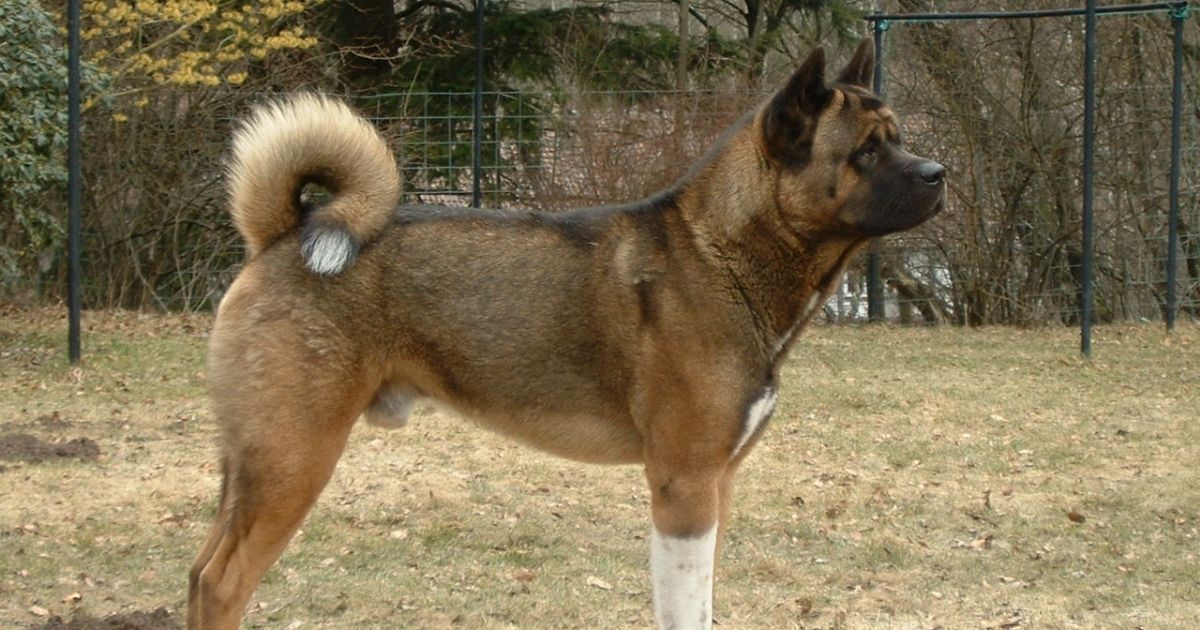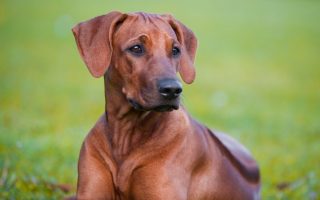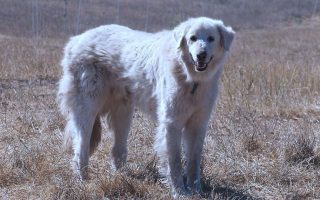The Akita is a noble breed with a dignified origin. Strong, bold, and faithful to the core, they have served as royal dogs and as hunters of large prey like bears, deer, and boars.
They do not back down from a fight and are ready to guard regardless of the risk. Families in need of courageous dogs will enjoy having the Akita.
However, their courage and all other good features stand side by side with some challenges. Owning an Akita is a responsibility, one that comes with its share of difficulties.
If having a pet was like a video game, the Akita would be set at a high level. This may not be your cup of tea, or it may be exactly what you’re looking for.
Let’s take a look at the different Akita facts and dog breed information. We’ll examine their characteristics, interesting facts, gender differences, personality, history, caring procedures, and more.
Not only will you know more about the Akita, but you’d also understand what sort of people can handle this tough breed and if the Akita is right for you or your family.
Key Akita Facts & Information
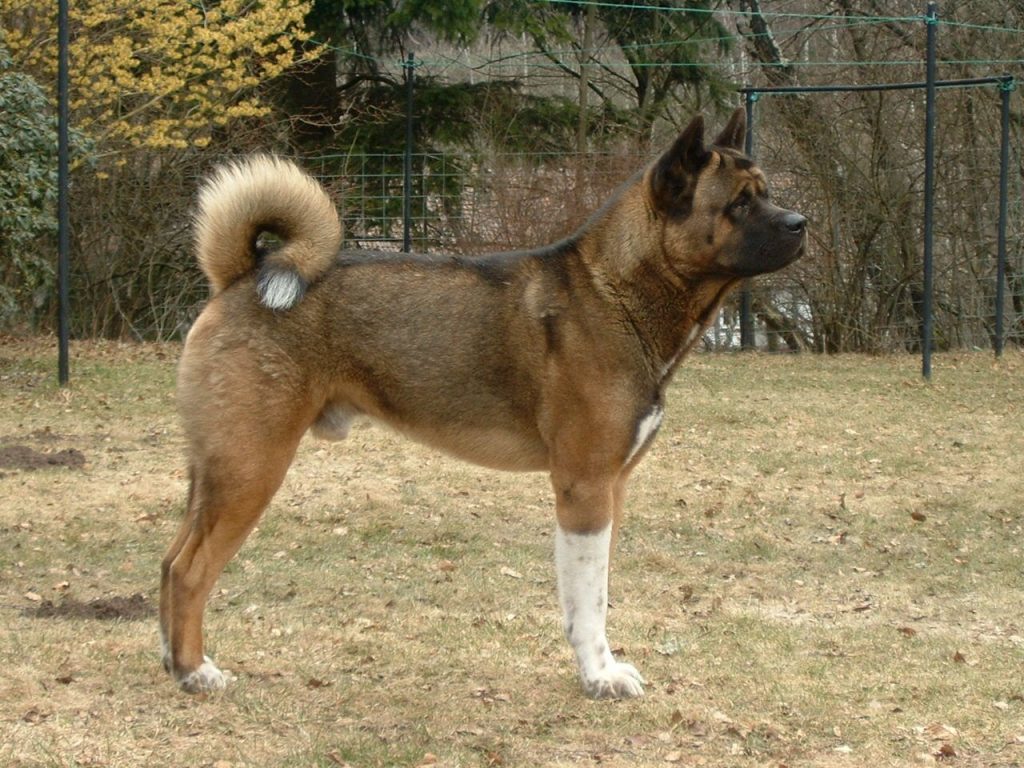
| Dog Breed Group | Working Dogs |
| Height | 2ft to 2ft 4 inches |
| Weight | 70 to 130 pounds |
| Coat | Double coat |
| Color(s) | Ginger, Red, Brindle, White |
| Life Expectancy | 10 years – 12 years |
| Temperament | Bold, alert, intelligent |
| Origin | Japan |
| Bred For | Hunting |
| Nickname(s) /Other Name(s) | Akita Inu, Japanese Akita |
| Recognized by the AKC | Yes |
| Recognized by the UKC | Yes |
Akita Characteristics
| Characteristics | Rating |
|---|---|
| Adaptability | 3/5 |
| Friendliness | 2/5 |
| Child Friendly | 1/5 |
| Pet Friendly | 1/5 |
| General Health | 4/5 |
| Grooming Needs | 4/5 |
| Trainability | 2/5 |
| Intelligence | 3/5 |
| Playfulness | 4/5 |
| Exercise Needs | 4/5 |
| Energy Level | 4/5 |
| Tendency to Bark | 4/5 |
| Tendency to Drool | 4/5 |
| Tendency to Snore | 1/5 |
| Tendency to Dig | 3/5 |
Little known facts about Akita Dog Breed
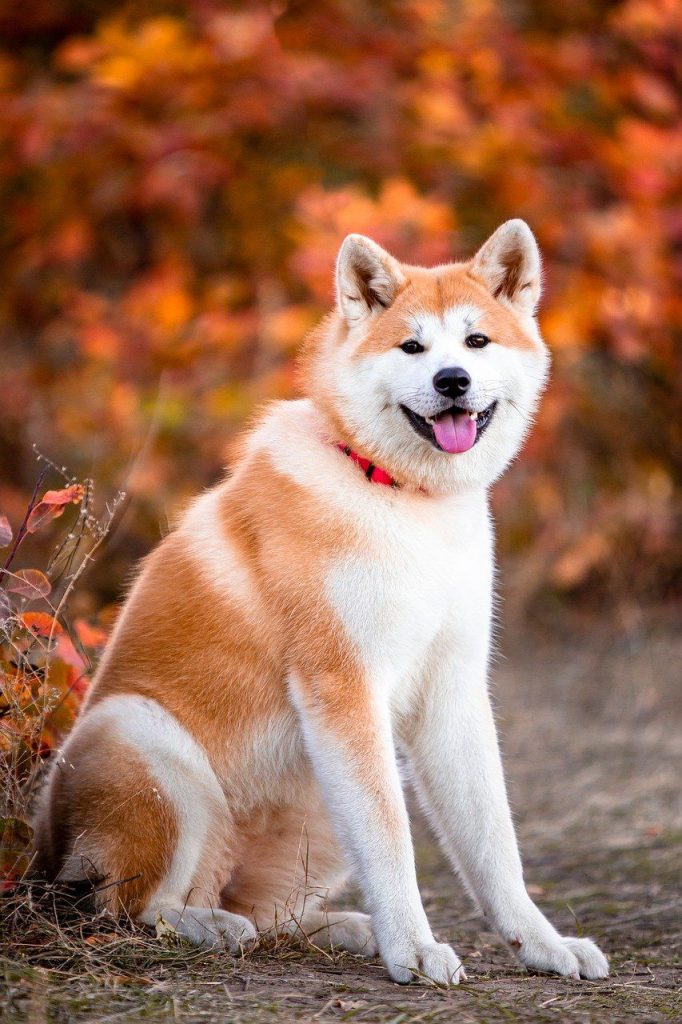
Fact #1: They were named after a Japanese region
The 19th century brought about a population boom in Japan and a status change of the Akitas from hunters to family guards.
They were first called Odate dogs before being renamed Akita, the name of a prefecture.
Fact #2: Akita is a symbol in Japan
Want to wish someone good things in Japan? Gift them a statue of an Akita. This breed represents health, long life, and happiness.
So if friends want to wish good health to a sick person, happiness to a fresh couple, or long life to a loved one, they use the miniature statue of an Akita.
Fact #3: They clean themselves up
Akitas are clean freaks, much like cats. They won’t wait for you before attempting to groom themselves.
This is a good sign because many dog breeds aren’t fastidious about hygiene and may even give you trouble when you try to take care of them. With the Akitas, you’d be doing them a favor by grooming.
Fact #4: They have a legend and a museum
Once upon a time, there was an Akita named Hachiko.
He accompanied his master to the train station day after day as the master went to work and would wait till the master got back. However, in 1925, his master died.
Hachiko kept waiting for his master till his death in 1935. He got national mourning, a statue, and a museum in memory of him.
Fact #5: They almost went extinct
Akita faced extinction on numerous counts, the Second World War being the worst.
Not only did starvation leave its mark on the survival of Akitas, but the Germans’ act of getting rid of dogs who weren’t German Shepherds also took its toll.
Akitas survived thanks to some brave and smart Japanese folks.
Akita Dog Breed History & Origin
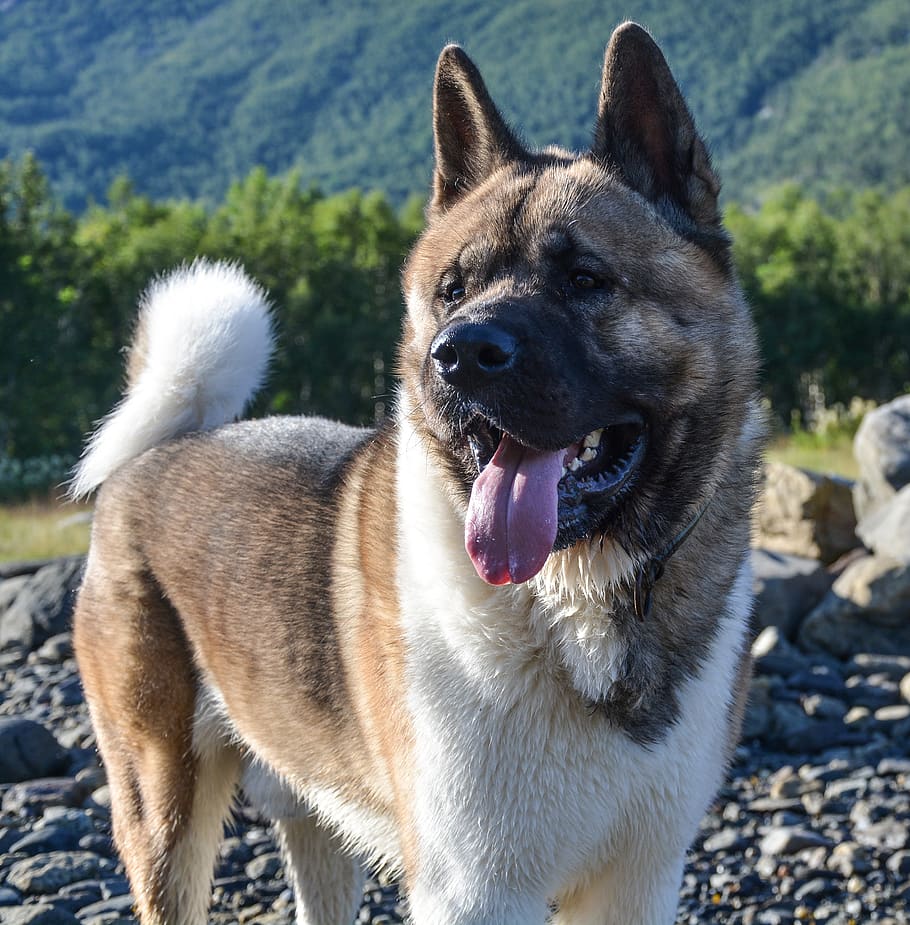
Akitas originated from Japan and was renamed after the prefecture they came from.
Though there is some blur in their history, it is believed that they have been in existence since the 15th century.
The royal class had a monopoly on this breed and had them serve as guard dogs in court. They were also hunters and comrades of samurai.
In the 20th century, crossbreeding with the German Shepherd, St Bernard, and the Mastiff made the Akita lose some defining features.
They were restored later by another cross-breeding with the Matagi and Hokkaido Inu. The cross breedings eventually resulted in two forms of modern Akitas: the American Akita and the Japanese Akita.
The controversies surrounding these two raged and still continues to. While some countries consider them as two separate breeds, others view them as variations of the same breed.
This debate prolonged the American Kennel Club’s recognition of the Akita till 1972.
Helen Keller played a pivotal role in Akita getting into America. After getting acquainted with the story and statue of the loyal and famous Hachiko, she desired to have an Akita dog.
The Japanese granted her wish like a genie by gifting her an Akita puppy named Kamikaze-go.
She enjoyed having an Akita, called Kamikaze an ‘angel in fur’, and gave a positive review about the Akita.
She cited gentleness, trustworthiness, and companionship as some of their best traits.
The Second World War made the Akita an endangered breed, but it also played in the Akita’s introduction into America.
Some Americans who were in Japan during the war came back with Akitas.
The Akita remains courageous, faithful to the core, and intelligent.
Akita Temperament & Intelligence
The Akita is a force to reckon with. The dignified hunter and guard is protective of his family and keeps an eye out for danger.
Like a tiger in the jungle, they approached prey with stealth and focus, taking the game unawares. The eventual strike is always lethal.
These tactics persist in modern times. While they still hunt, Akitas are also good trackers and agile because of their feline traits.
The similarities with the cat family also show in the way they groom themselves with their tongues, a habit often associated with cats.
Aside from their courage and agility, Akitas are loving pets with the hearts of true guardians.
They are loyal, tender with those they love, and display affection to their masters.
They participate in family activities and do not like to be left alone. Isolation and boredom make them destructive.
The Akita does a lot with their mouth. They grumble, moan and bark sometimes. People accustomed to Akitas find that they communicate with these sounds.
They also like putting things in their mouth: a toy, ball, lost keys, or even your wrist as a sign of affection.
The Akita is as willful as he is bold. His temerity and independence can be overwhelming for a new pet parent.
So, they are not good first-time dogs. If you’re not a ‘take charge’ person, they are not good for you too.
Akitas have a dominant streak and would want to be the leader if you don’t take up the position. You need to ensure they know their place by being the pack leader.
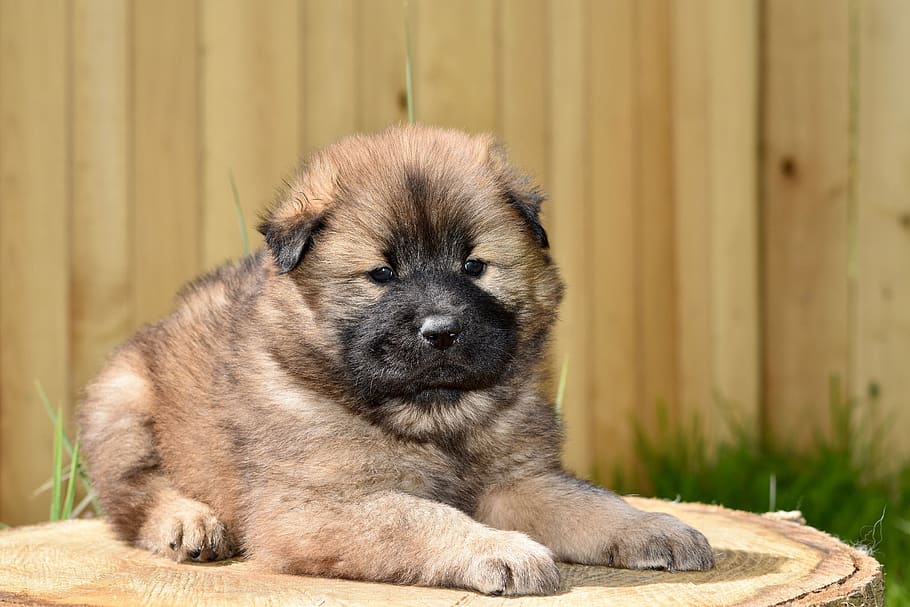
Are Akitas good family dogs?
Akitas integrate well into families who receive them and commit to their well-being. Hachiko’s spirit lives on in each of them as their loyalty is strong.
They are also sweet, affectionate, and love companionship. In good hands, Akitas shape into good household pets. Of course, not all hands are good enough for them.
Feeble hands don’t qualify, neglectful hands shouldn’t come close. Only firm, confident and loving hands can mold them from puppies to mature, well-mannered adults.
So, is the Akita good for your family? Only you can answer that question, but if you are a veteran pet owner with a lot of confidence and an environment that can accustom this guardian, then you’re on a good path.
Are Akitas good with kids?
The Akita’s loyalty extends to every member of the family, including kids. They will be protective of your little ones and show love to them.
However, it is not advisable to have an Akita if your children are still little. Small children are excitable and may maltreat a dog by grabbing the ears or yanking the tail.
Akita has no patience for that and may react negatively.
The ideal family to have an Akita is one with grown kids who interact well with a dog and will not be tempted to mistreat.
You should supervise contacts between a child and an Akita—as with other dogs.
Teach your children basic dog manners, possibly before getting the said dog. This would make playtime a fun experience.
Are Akitas good with other dogs and pets?
If you want to run a house filled with different pets and dogs, you may wish to avoid the Akita.
With proper training, they can live with other animals. However, this is not a solid rule.
Akitas get aggressive towards other dogs, especially those of the same gender.
They may see your pets as prey, and you definitely don’t want your Akita staking your beloved hamster.
An Akita lives better when he is the only pet. Be sure this is what you want before you consider getting our Japanese-American friend.
Male vs Female Akita Dog Breed
Both male and female dogs are good company, and getting one is primarily a matter of preference.
Some people want the female gender of any dog breed and can cite their reasons. Others lean towards the male version, also with reasons.
This doesn’t mean one is better than the other.
The gender decision should also be in line with what’s best for your family. What you want from a pet would determine which gender is suitable for you.
With the Akita, there are a good number of differences between both sexes.
These differences are not big, but they are sufficient enough to influence your preference.
The male Akita is larger than the female. This marks the first distinction. While the guys weigh up to 130 pounds, the ladies are at a 100.
The ladies are also shorter by 2 inches with fewer muscles. Know what size your family can accommodate before you go for either the male or female.
There are some personality similarities and variations, too. Both are courageous, aggressive towards other dogs, and loyal.
The difference is in the little details of their temperaments. Males are tougher, more aggressive, and more energetic.
On the other hand, females are cleaner, more serious, and more trainable.
Caring for an Akita Dog
Taking care of a dog is a full-time commitment. You know that already if you’ve been a pet parent for some time—for a novice, remember, the Akita may not be good for you.
This is a job you will be doing for a decade and more after you get the dog.
Dogs need to be looked after in many ways. Their physical and mental parts need daily growth and maintenance.
Just as neglecting a child is a sign of abuse, not taking care of your dog’s basic needs is abusive and wrong.
We strongly insist that if you don’t have the time to attend to a dog, do not have one.
Some of the major needs of any dog are:
- Exercise
- Feeding
- Good health
- Training
- Socialization
- Grooming
- Love
The Akita is no different. They love being indoors with family and are not hyperactive to be a risk to your living space.
They do need quality exercise, as well as fun activities to avoid boredom. When they are bored, they tend to indulge in habits like incessant barking, digging holes, or destroying property.
They can be a handful during training and may willingly disobey your orders.
That’s why you have to be firm with them, but not to the extent of being abusive.
Overall, here are some ways to take care of an Akita :
- Keep them and your environment clean. They appreciate that.
- Ensure they are hydrated.
- Take them to the veterinarian for regular checkups.
- Feed them with a good diet in the right proportion.
- Be patient while training them.
Akita Food and Diet
You can never go wrong with dogs if you feed them right. The right diet and ration go a long way towards making sure your pet stays refreshed, healthy, and fit.
Obviously, there are guidelines to feeding an Akita. This isn’t a task to undertake with ignorance.
You have to observe your individual Akita, talk to a vet, and know what would be good for your pet.
Some dogs are selective eaters, others gobble down whatever you give them. Here, we would propose nutrients and rations that can get you started.
Do not limit yourself to the information you get here, though.
The Akita’s meal must be rich, high quality, and fresh. Feed an adult Akita 5 to 6 cups of good dry food, twice daily.
Overfeeding your Akita can lead to many problems. So, you have to be strict with the amount of food you give.
If your Akita is too lean, the standard ration would be okay. However, if they are piling weight, reduce the ration and give them more exercise.
Some nutrients good for an Akita are:
- Protein
- Vitamins
- Water
- Minerals
- Vegetables
- Carbohydrate
Avoid feeding them:
- Alcohol
- Caffeine
- Chocolate
- Mushroom
- Raisins
- Onions and garlic
Puppies need high-quality puppy food to make sure they grow properly. Feeding your puppy properly will avoid stunted growth and unexpected illnesses.
Seniors don’t eat as much as puppies and adult Akitas. They need more protein and fewer carbohydrates. Fibers should be reduced as well.
Akita Exercise
Another essential dog need is exercise. Your dogs can’t do without it and would develop behavioral issues if you don’t provide them with exercise.
Irrespective of the type, role, size, or personality of your pet, you have to exercise them.
An unsaid advantage about having a dog is that they help you exercise as well. We all know how hard it can be to get out and jog in the morning.
Dogs like Akita don’t show such reluctance. They’d bring their leash to you to express their desire to go outside.
The level of exercise your dog would need depends on breed, gender, and individual personality.
Ensure that your lifestyle and energy fit with your preferred dog to prevent frustrations from both parties.
The Akita is not hyperactive, so their exercise level isn’t high. However, it should be consistent.
They react negatively to lack of exercise and want at least 30 minutes of it to be okay.
Some physical activities include:
- Brisk walks
- Jogs
- Running
- Playing in a fenced yard
- Swimming
- Fetch
- Tug of War
In addition to physical exercise, stimulate their minds with activities like:
- Puzzle
- Games
- Learning words and commands
The Akita puppy is still developing and delicate. Their exercise regime should be tailored to that effect.
Too many tough activities can lead to injuries. You can start with 5 minutes of exercise, then increase it as they grow older.
Walking is usually enough till they mature.
Senior Akitas are prone to arthritis and other joint problems. They shouldn’t be left without exercise too. Regular activities keep them balanced.
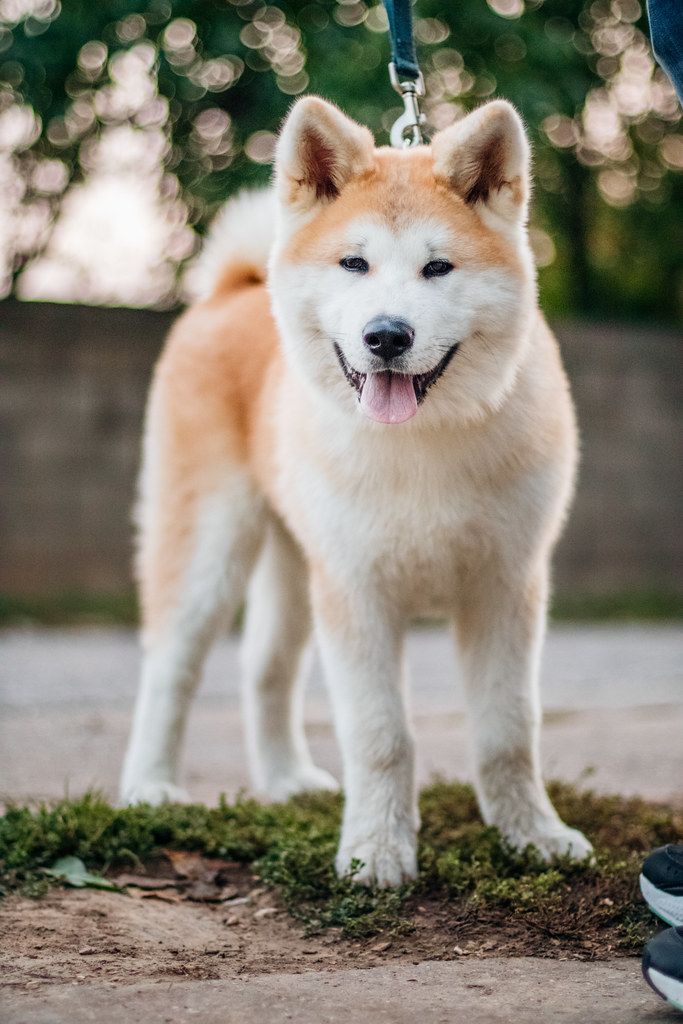
Training is the next vital need of many living beings, humans and dogs inclusive.
Training can turn a potentially aggressive breed into a docile, well-mannered, domesticated dog.
Conversely, an untrained dog is a societal menace, irrespective of breed. Even toy dogs can endanger people if they are not properly trained.
Dog training is a duty no pet parent should neglect.
The Akita is a stubborn, independent, and dominant breed. They are neither submissive nor yielding.
These qualities are good because they make Akitas the fighters and guardians they are. However, they hinder smooth training.
Many frustrated dog owners end up putting up their Akitas for adoption after unsuccessfully trying to train them.
To train an Akita, you need to be a bold leader who guides with confidence and firmness.
You equally need to be patient as you may have to repeat an instruction over and over before they co-operate.
One way to be successful in training them is by diversifying activities to prevent boredom. If they lose interest, they get even more stubborn.
Also, socialize them by taking them to meet new faces and places. Avoid getting them close to other dogs, though. The outcome might be messy.
Use positive affirmation, food rewards, pats, and other motivations to ensure their co-operation and praise them for obedience.
When they disobey, please don’t respond with harsh treatments and punishments. Simply rebuke them with expressions like ‘bad dog’, then try again.
Akita Grooming Need
Like we’ve already mentioned, the Akita loves neatness. They take note of their appearance like cats. Without proper grooming from you, your Akita would not be happy.
The good news is, grooming an Akita isn’t difficult. You can achieve it on your own without the help of a groomer. However, they do shed a lot, so you need a good vacuum cleaner.
Brushing should be done weekly to reduce the amount of hair they shed. A regular bath of once every three months is enough for them.
Though, if they ever get dirty, give them a bath. They are generally uncomfortable with dirt and will struggle to get it off them.
Don’t forget their teeth and nails and ears. Trim the nails before they get too long. Once you can hear them clicking on a marble floor, they’re too long.
Brush their teeth regularly and wipe their ears with prescribed cotton. Do not stick any object into their ears.
While grooming, check your Akbash for sores, reddened eyes, swellings, unpleasant odors, injuries, or signs of weakness.
You can also observe if they’re being underfed or getting obese while you’re up close. Take necessary measures if you notice anything amiss.
It is best to start grooming your Akita as a puppy. Make it a fun, bonding moment between you two.
Akita Health Conditions
Akitas have the potential to live long when they are taken care of. However, they are vulnerable to some health conditions.
These illnesses don’t affect all Akitas and can be avoided, but it is good you know of them.
Some of the health conditions that affect Akitas are detailed below.
Hip dysplasia
Hip dysplasia is an inherited condition that you can sidestep when you check the parents of any puppy you want to get from a breeder.
Even when you want to adopt, check the dog’s medical history. Hip dysplasia weakens the hips and brings about pains.
Left unchecked, it can render your dog lame. An X-ray is the best way to detect this problem.
Bloating
Bloating is another issue that affects the Akita. Large dogs are often vulnerable to this. It is a serious condition and should be treated as such.
Bloating leads to a swollen stomach, a drop in blood pressure, and eventual death.
Progressive Retinal Atrophy
Abbreviated as PRA, retinal atrophy is a set of eye diseases that attacks and destroys the retina. Left unchecked, PRA develops into total blindness.
Frequently Asked Questions
Is an Akita right for you?
Akitas are loyal, tender, and protective guardians who integrate well into a family setting.
Some of them bond with a member, others share the love in equal measures.
Notwithstanding, they are not fit for some categories of people. A family with many pets is not advised to get an Akita.
If you have small children, it is also best to wait till they grow. New owners and people who aren’t used to taking charge should consider other breeds, too.
What are Akitas known for?
Akita dogs are Japanese breeds with controversy, legend, and fame. There are two types of Akitas; The American Akita and the Japanese Akita.
While some consider them two different breeds, others see them as subtypes of the same breed. Both have different qualities and looks.
The Akita is also known for being amazing loyal family pets. This is due to the real-life story of Hachiko, the Akita who waited for his master up to a decade after the latter’s death.
Do Akitas like to cuddle?
Akitas love companionship and would love to follow you around. They don’t do well on their own and want to be around people.
However, they are not good lapdogs and may not be your best choice if you want a cuddle.
How big is a full-grown Akita?
Akitas are big animals. As adults, they weigh 70 to 130 pounds and grow as tall as 2″4 inches.
Is it hard to take care of an Akita?
Akitas like to stay clean and appreciate grooming from you. They also need to be well-fed and trained. Though they can be stubborn, it is not hard to take care of them if you are experienced.
How Long do Akitas live for?
Akita is a healthy breed with a long life span. Though they can fall ill, they have the potential to live long. They live up to 12 years.
How Much are Akitas?
Akitas are purebred dogs with prices that can be quite costly. Check your budget to know if you can afford them. Puppies cost about $1,500 to $3,000. An adopted Akita costs about $300.
Do Akitas shed?
Akitas are known to shed a lot of hair, especially in some particular seasons. Be ready for a lot of cleaning and vacuuming when you get one.
Final Thoughts
With the information in this Akita facts and dog breed information, we hope you’re convinced about your stand regarding the Akita.
If you don’t think they are good for you, don’t worry. There are other dog breeds you can research on. You will definitely find a dog that’s suitable for you.
If you’re satisfied with the Akita and you know you can handle the excesses of this elegant breed, do some further research to understand more about them.
You can talk to a veterinarian or a professional dog trainer, watch YouTube videos, or read books on dog care. There are many resources you can take advantage of.
We hope you get the pet of your dreams.
Related: Complete Alphabetical List of Dog Breeds
Helpful Resource
- Official Profiles
- American Kennel Club (AKC): Akita Dog Breed Information
- United Kennel Club (UKC): Akita Breed Standards
- Australian National Kennel Council (ANKC): Akita Breed, Japanese Akita Breed
- The Kennel Club (KC) UK: Akita Breed Info

